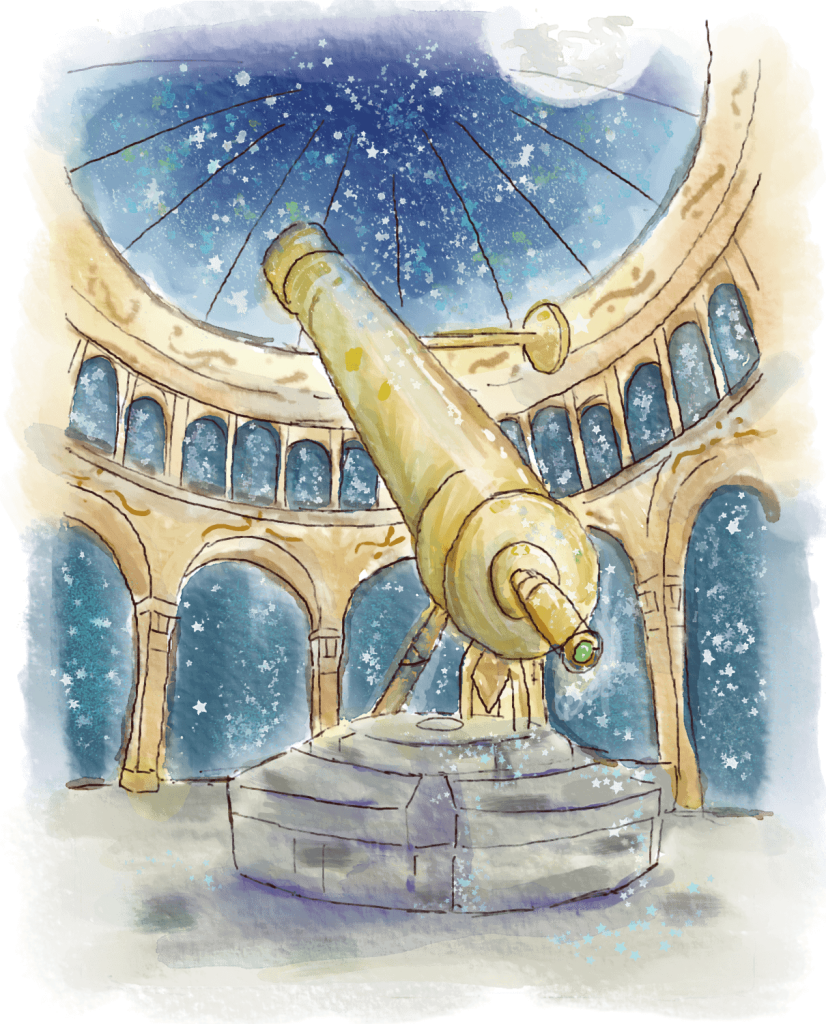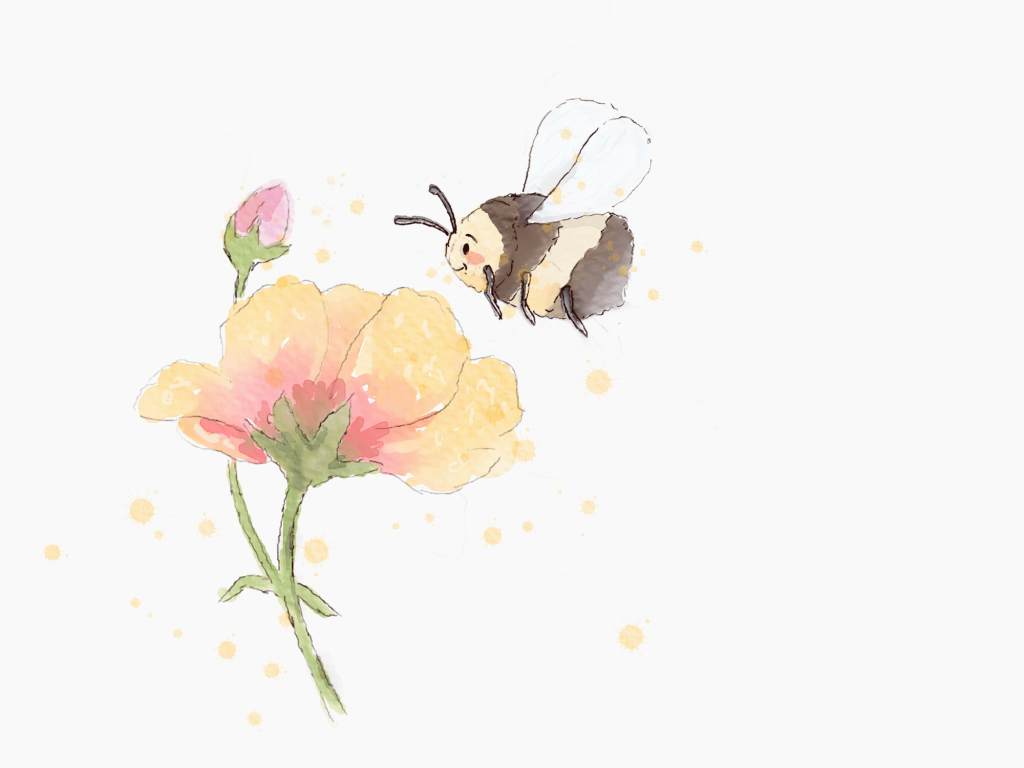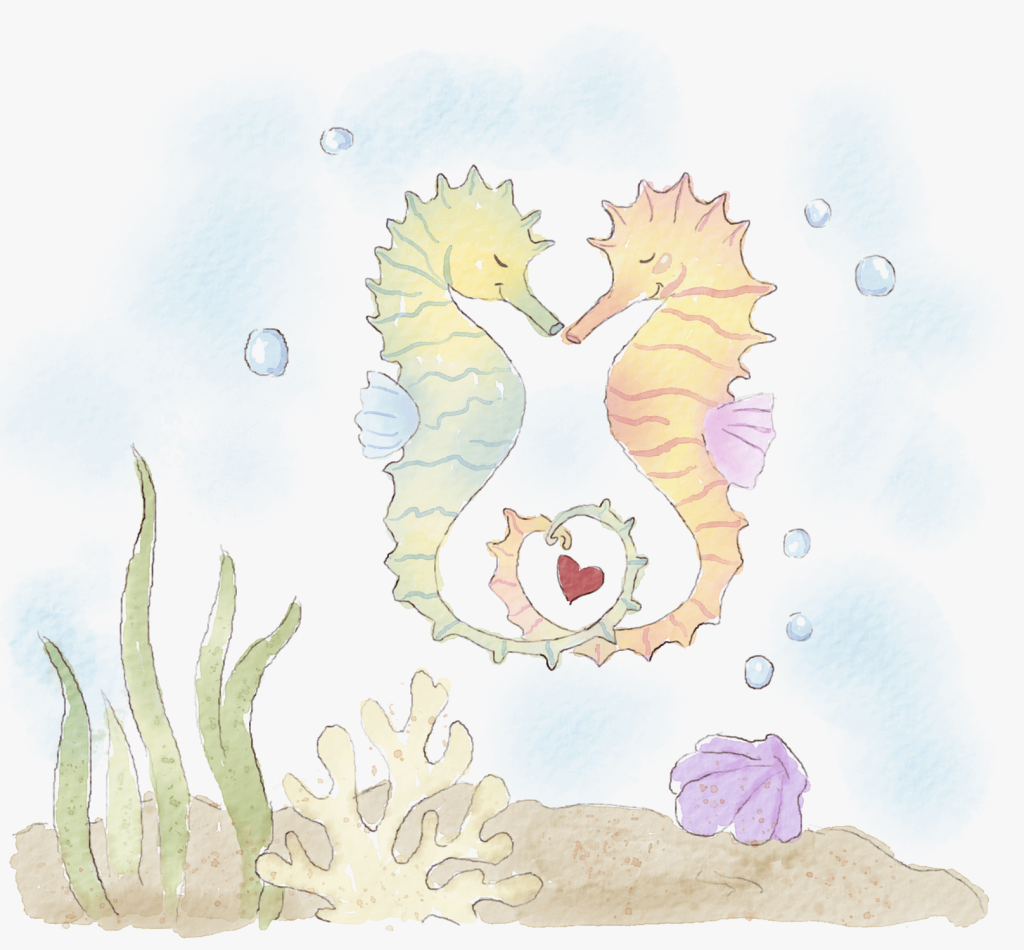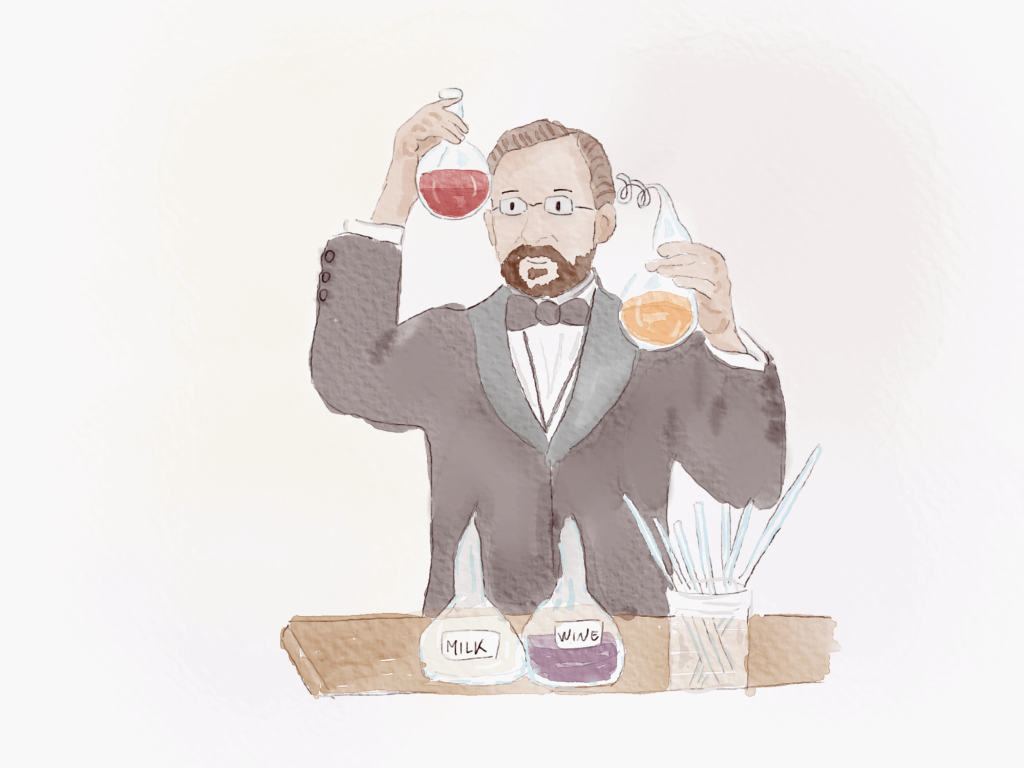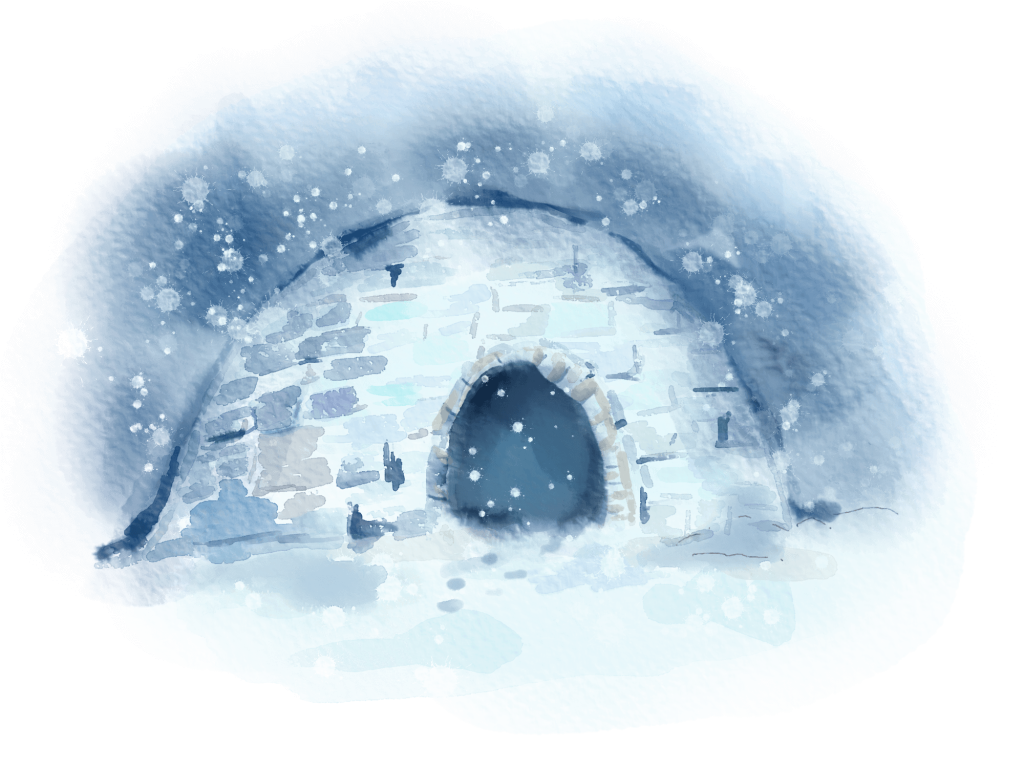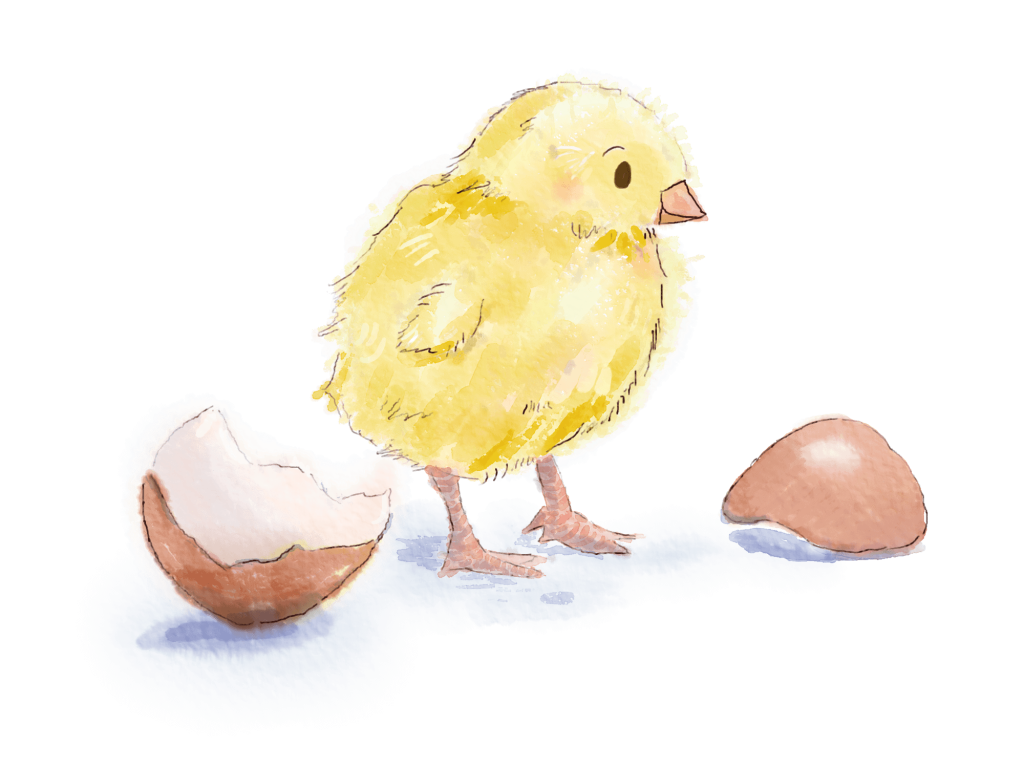Jellyfish have floated around since
300 million years before dinos
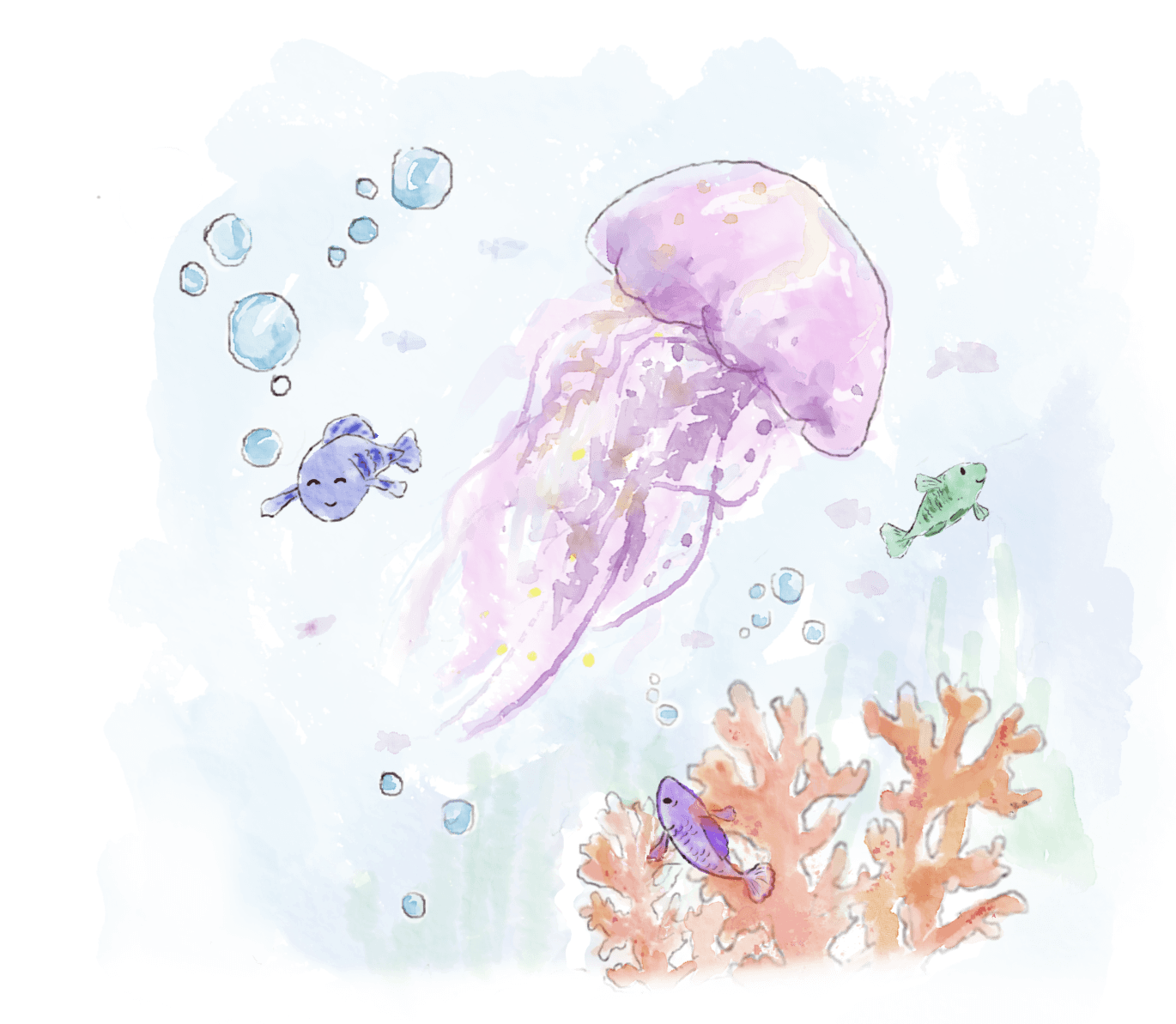
Jellyfish are like squishy water balloons
Although we call them jelly-fish, they’re not actually fish: they don’t have bones, brains, or hearts — just a smooth, wobbly body and sometimes long tentacles.
They’re mostly made of water and a little bit of protein, to keep their shape.
You can spot them in oceans all over the world — from the warm, shallow waters near the beach, to the cold, deep sea.
Explorers have counted about 200 types of jellies, in all colors and sizes. Some are clear like glass, while others sparkle in pink, yellow, blue, purple…some even glow in the dark!
Scientists found jellyfish fossils in rocks that are over 500 million years old. That means jellies were around way before dinosaurs walked the Earth.
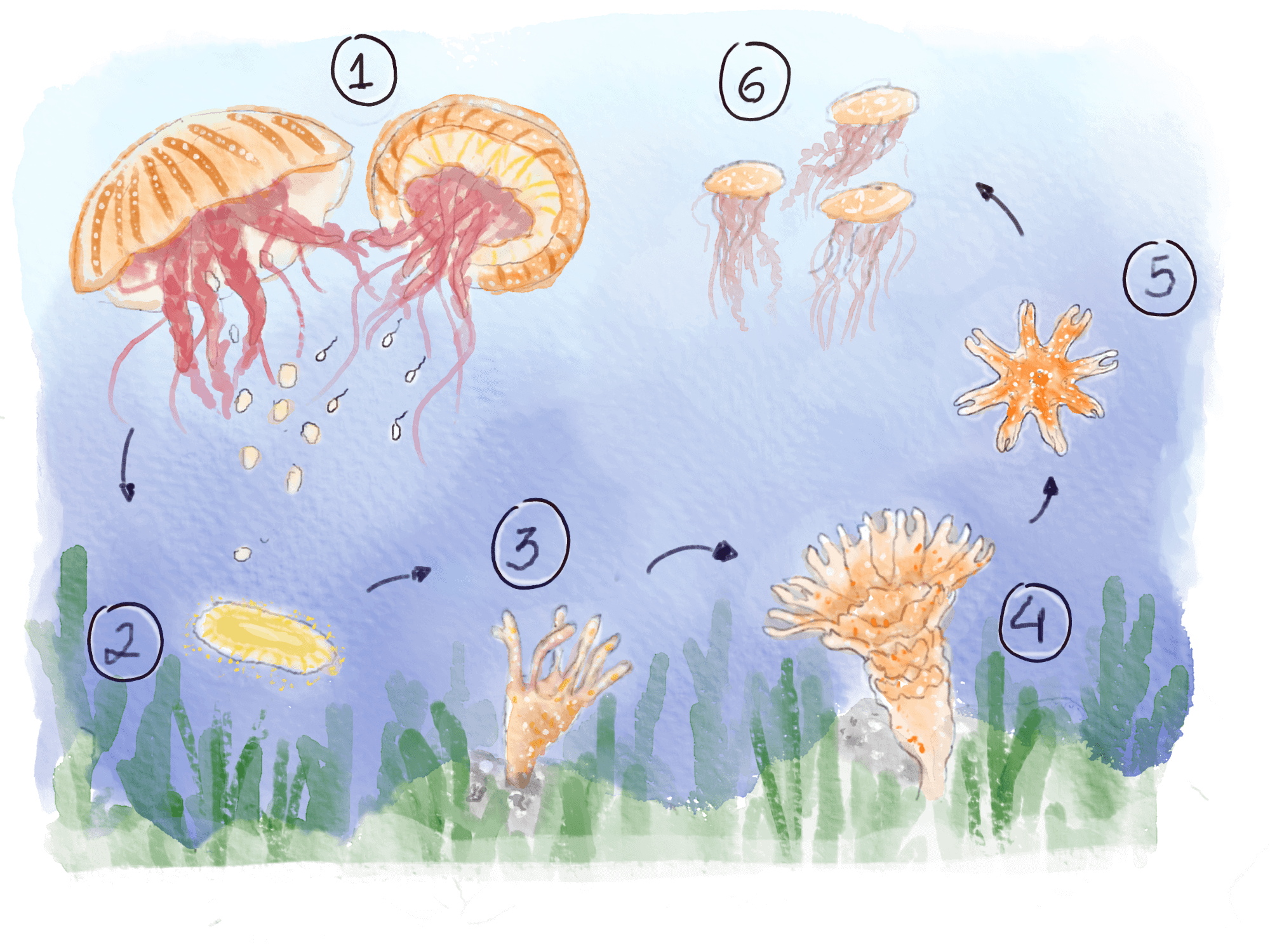
Going with the flow
Jellyfish spend their days drifting with ocean currents, searching for their next meal.
They glide around by pushing water in and out of their bell. Although they don’t have eyes, they can sense light and movement to navigate.
Their tentacles catch tiny fish, shrimp, crabs, or plankton for a snack. Each ribbon sends out venom to stun its prey. Then, the jellyfish pulls it into its mouth.
We’re too big for them, but be careful at the beach.
Jellies can’t see around them or control their venom, so their tentacles sting anything that touches them – in case it’s a hungry turtle.
That’s why sometimes jellies sting people by accident.
Is it true that pee helps with the pain? No, please don’t ask anyone to pee on you! It could make things worse. But a little vinegar, straight from the bottle, helps with most stings.
When the moon is high and the tides are just right
Jellyfish sense when the moon makes tides go up and down. They also feel changes in the water, like the temperature and currents.
When everything is just right, it’s time to make babies!
Jellyfish babies go through more changes than most animals as they grow up.
Here’s how it goes:
First, girl jellies let out eggs, and boy jellies release sperm.
Then, the sperm swims to the eggs to fertilize them.
Want to know how fertilization works?
Read more at How chicks are born: from egg to peeping fluff
From the egg, hatches a tiny worm, about the size of a grain of sand.
This tiny worm swims to find a comfy spot on the rocks, where it sticks and turns into a small, tube-shaped creature. Kind of like an anemone.
Then, it grows many buds — it looks like a stack of pancakes.
Soon, the buds break free. They look like tiny snowflakes, but each one is a squiggly, baby jellyfish.
They float away and grow into adult jellyfish, off to their own adventures.
Some jellyfish live forever!
The Immortal Jellyfish turns back into a baby when it gets old or hurt. Scientists study them to learn how to help people heal.
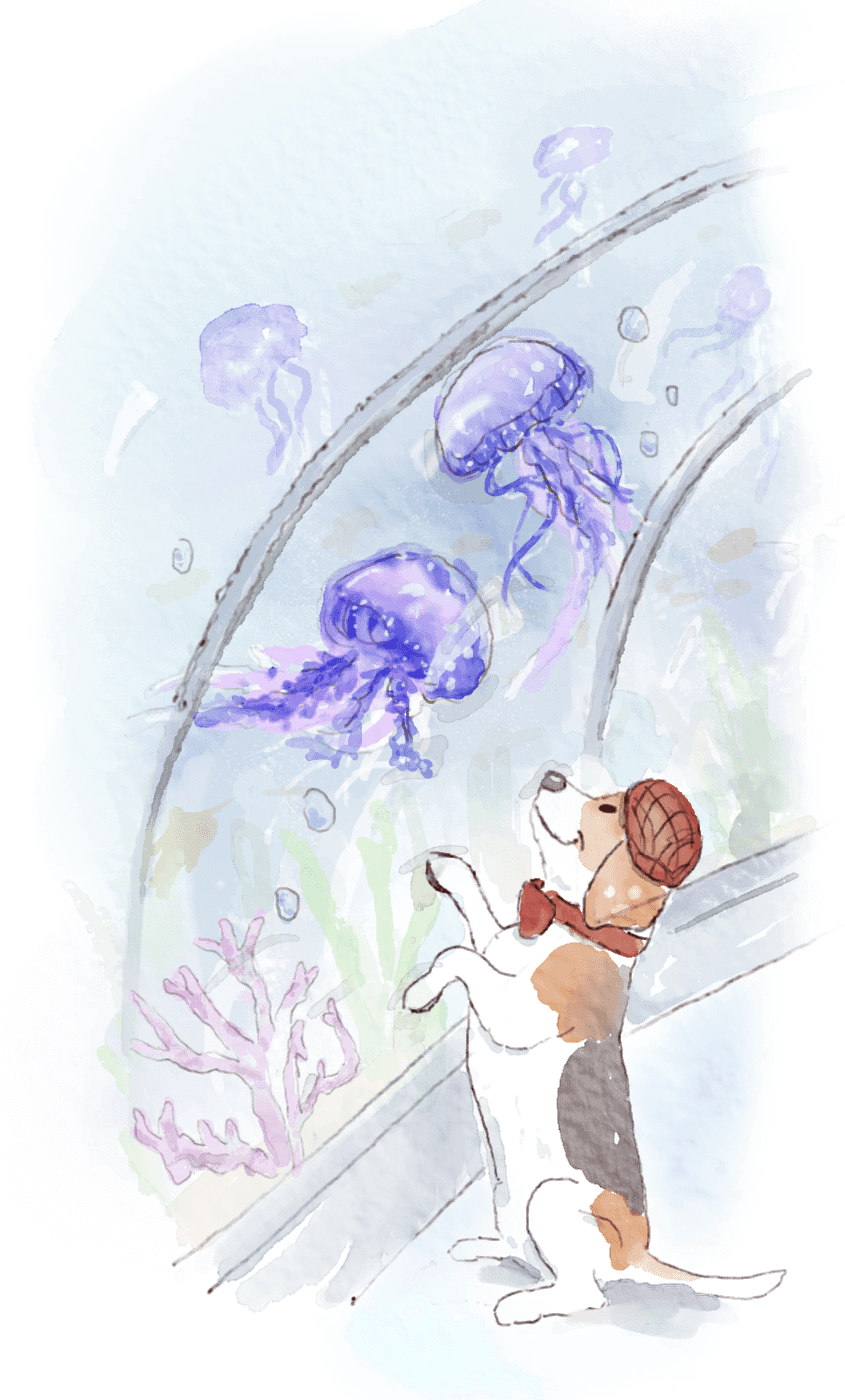
Want to see glowing jellyfish up close?
Here are some cool places to visit with the fam:
- Monterey Bay Aquarium in California, USA
- Georgia Aquarium in Atlanta, USA
- Okinawa Churaumi Aquarium in Okinawa, Japan
- Kamo Aquarium in Tsuruoka, Japan
- National Aquarium in Baltimore, USA

